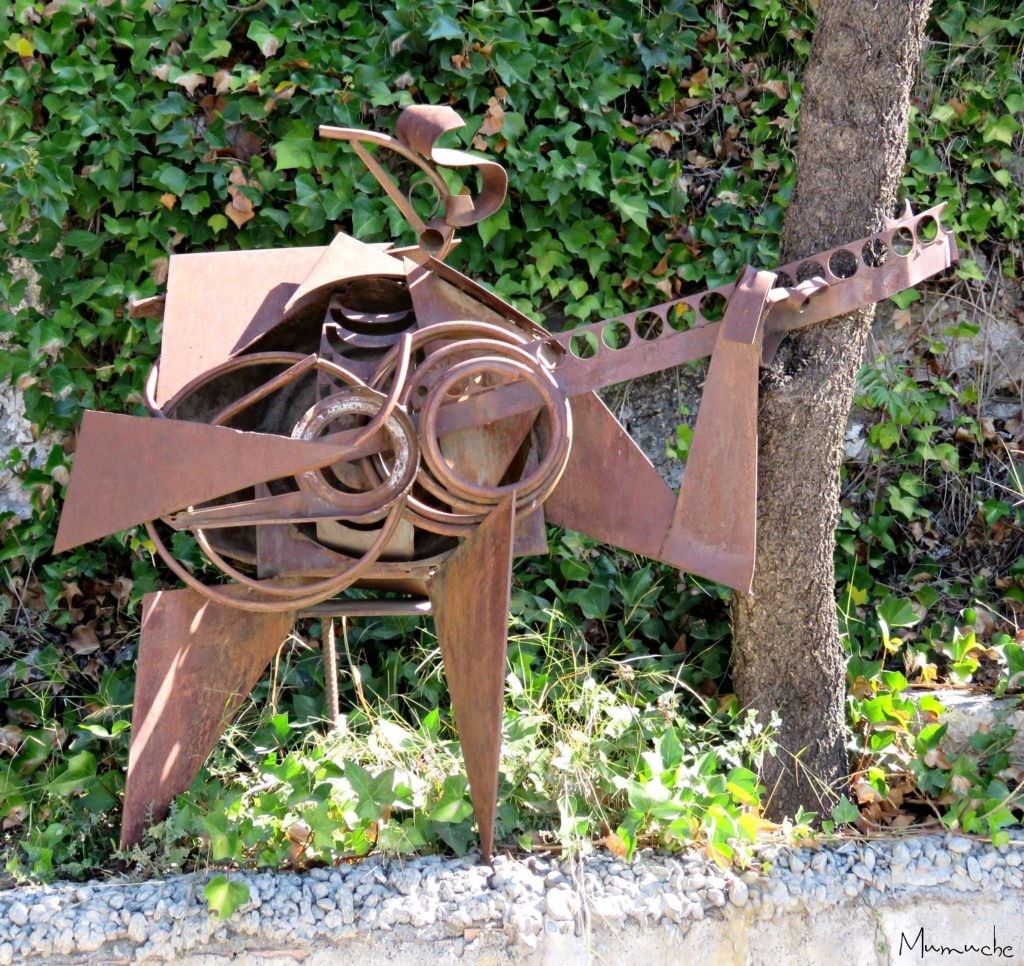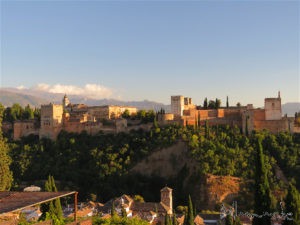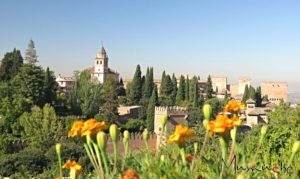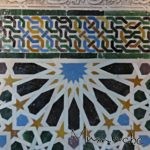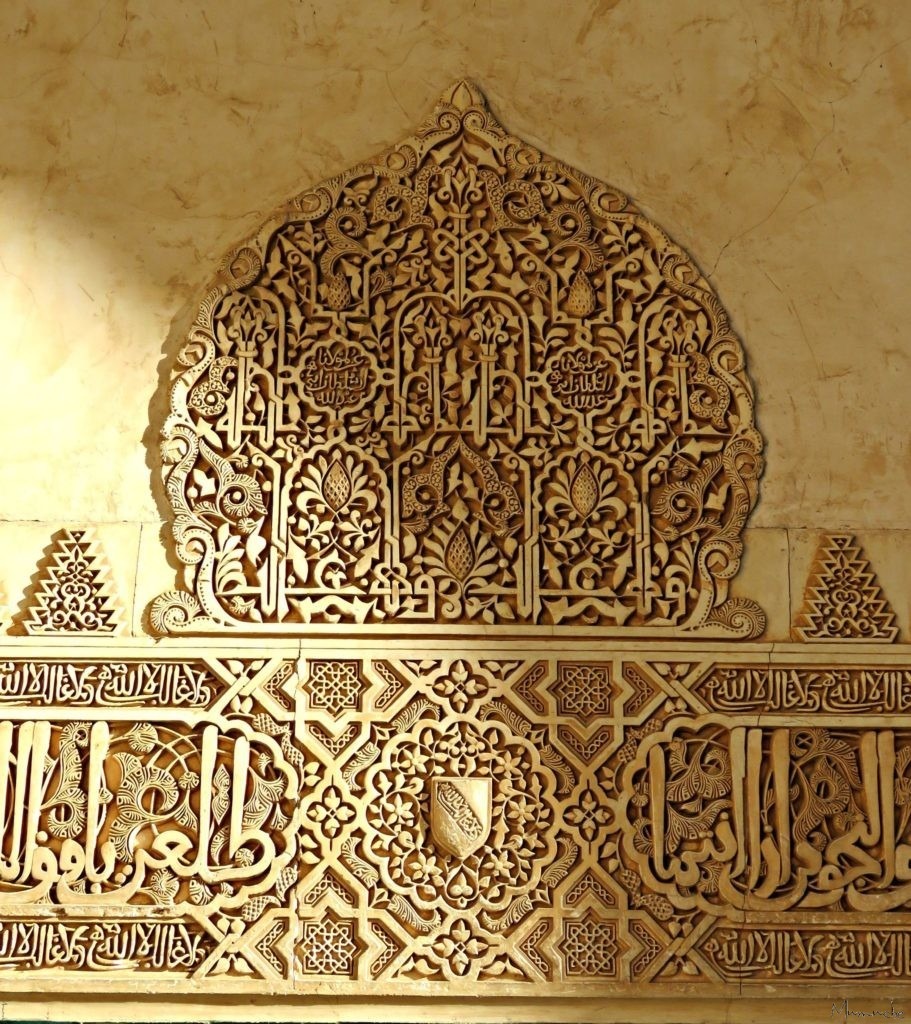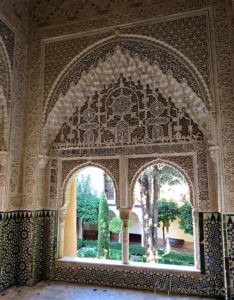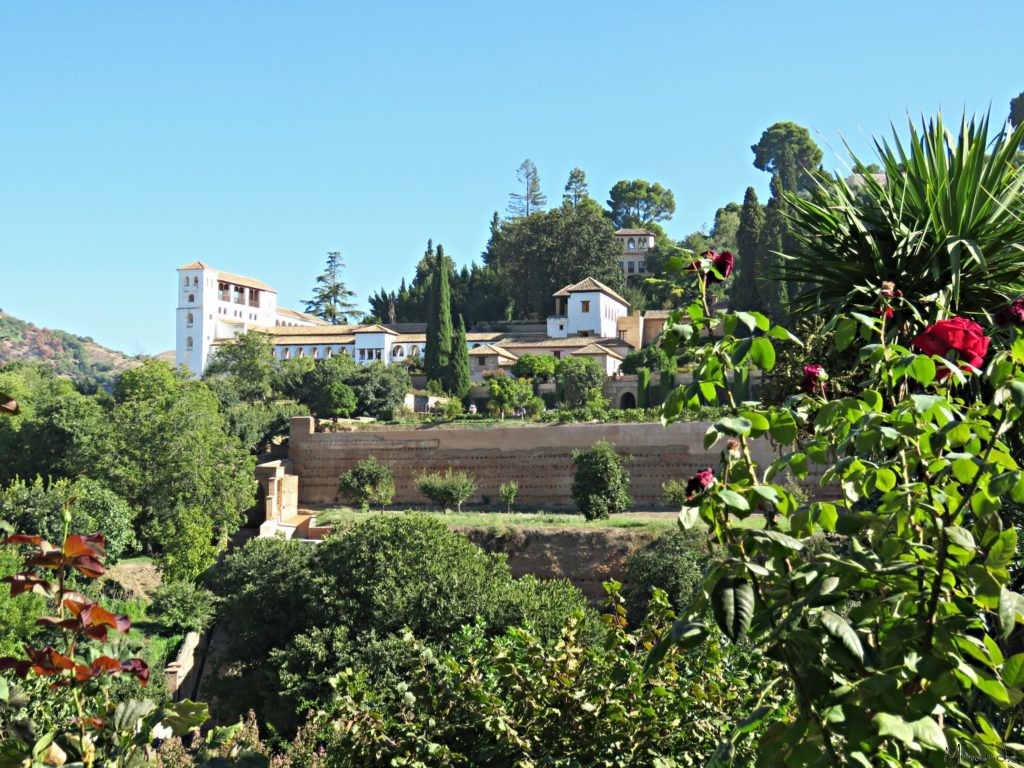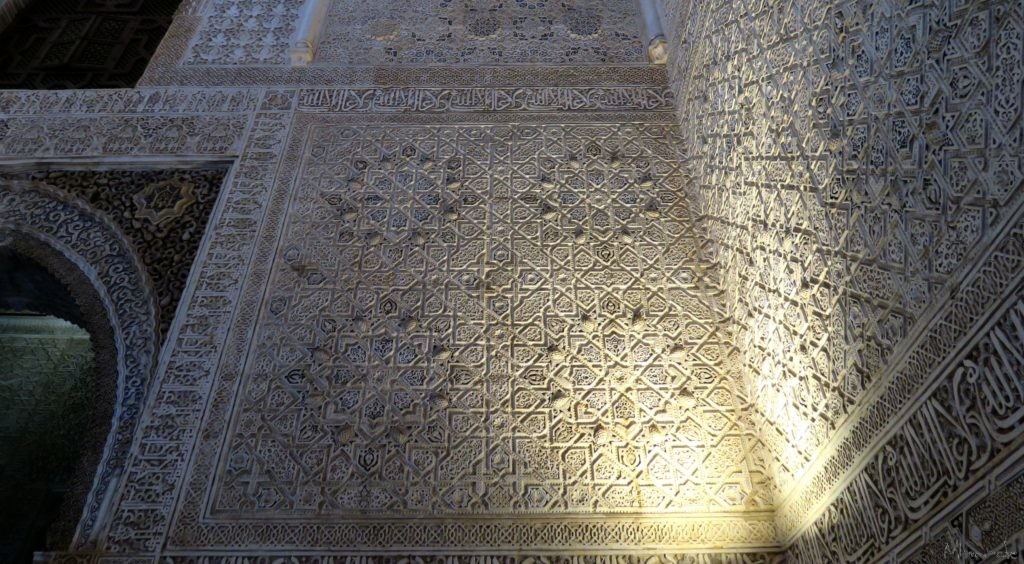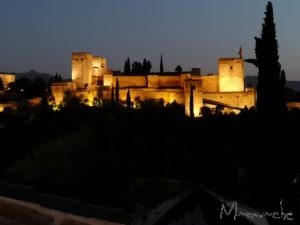Albaicin


In the 13th century, it was a prosperous district with palaces and
villas. The Moorish quarter of Albaicín is a labyrinth of narrow streets and squares lined with a multitude of whitewashed houses.
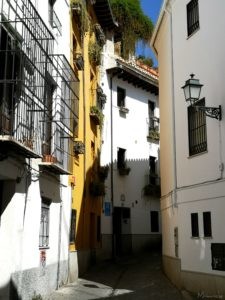
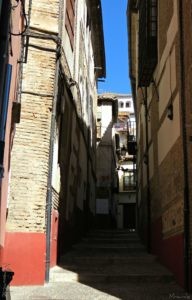
After the reconquest of Granada by Catholic kings in 1492, the original mosques of this Moorish quarter were destroyed and replaced by churches.
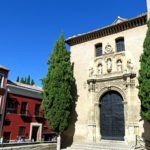
Although the neighborhood of Albaicín is very touristy, a walk in the Moorish quarter of Albaicín is not to be missed during a visit of the city of Granada.
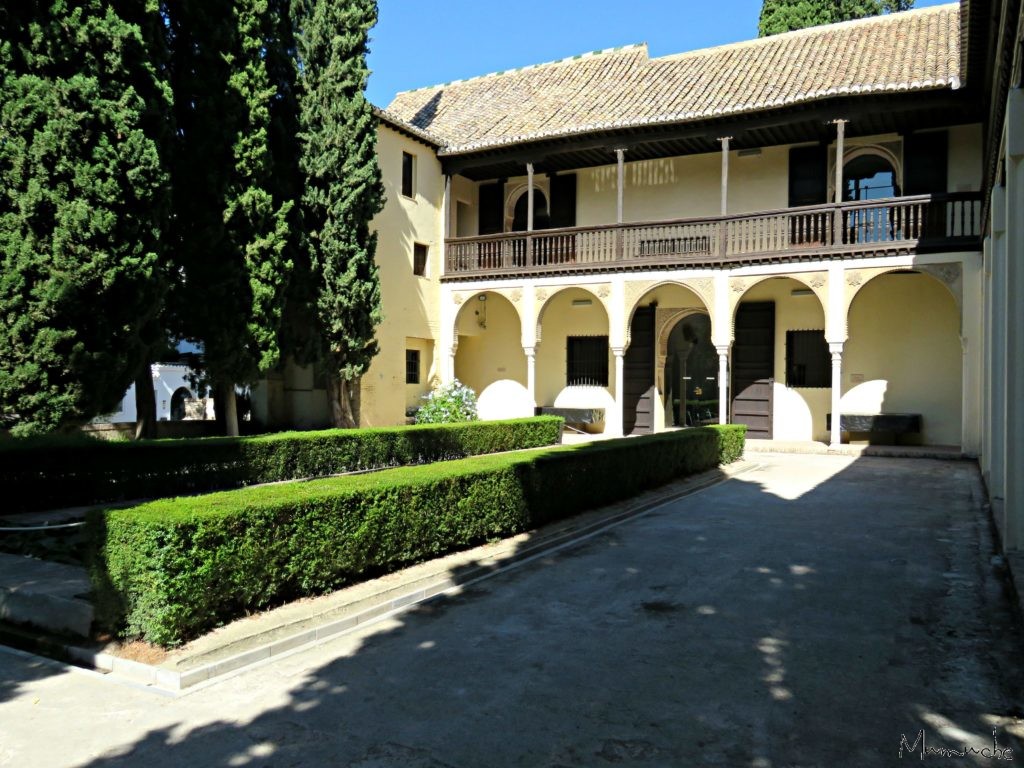
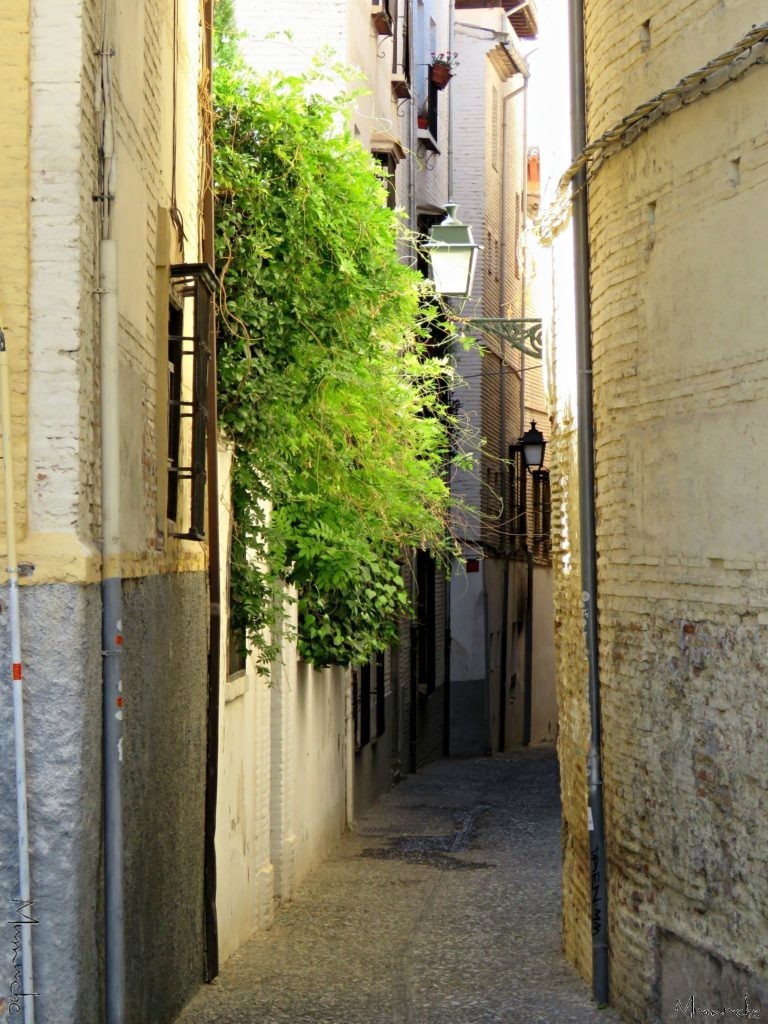
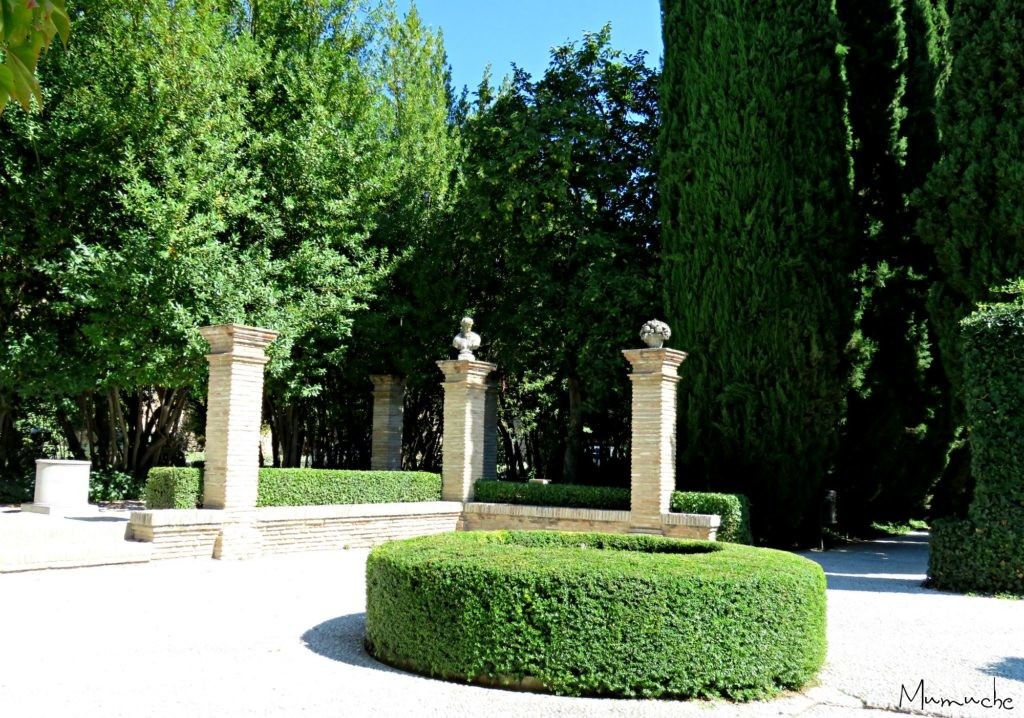
Sacromonte
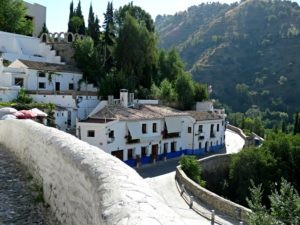
The Sacromonte district is located on Granada’s Valparaiso hill and is adjacent to the north-eastern side of the Albaícin Arab district.
In the 15th century, a large group of Roma gypsies, also called Spanish gypsies settled there. They built troglodyte dwellings in the hills, to which the Sacromonte district owes its fame.
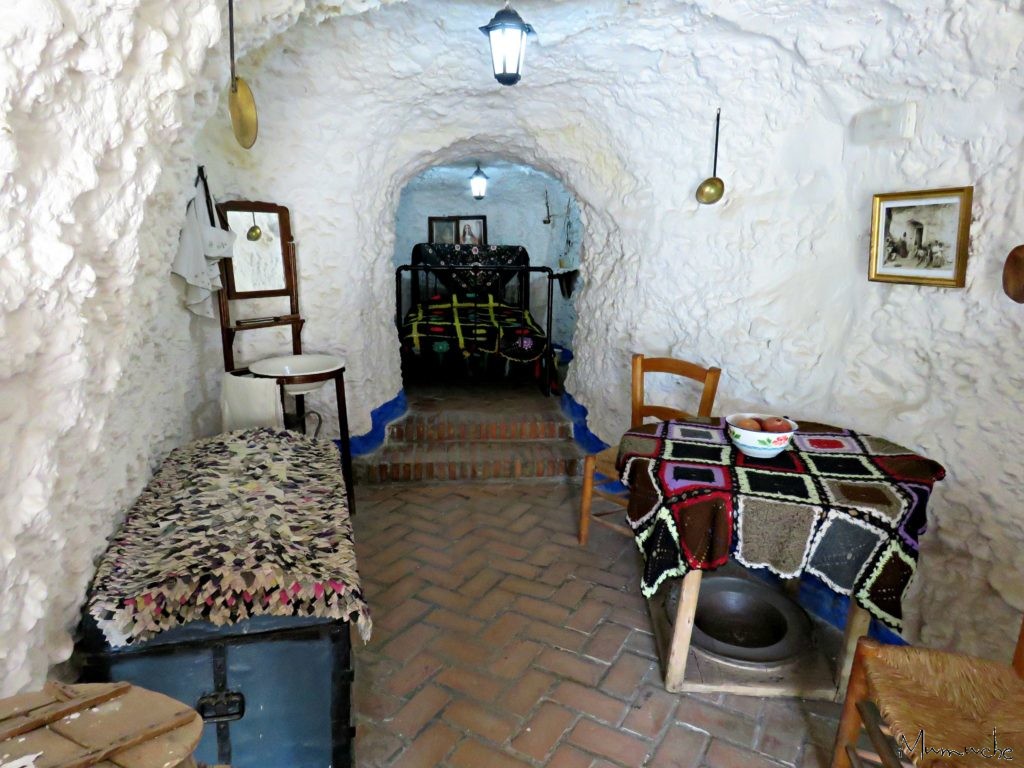
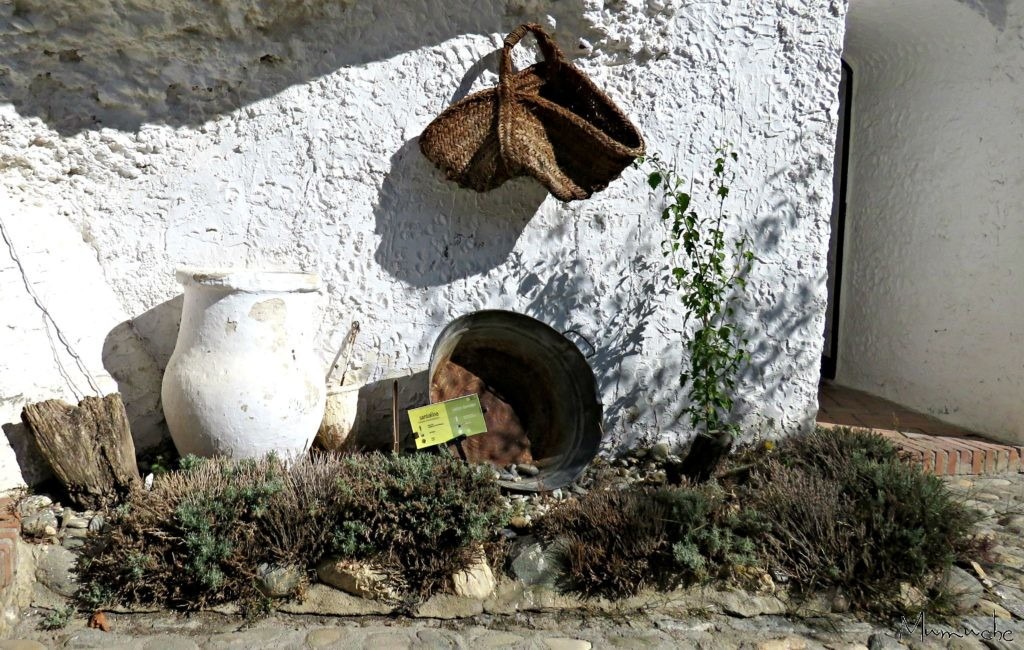
Museo Cuevas del Sacromonte
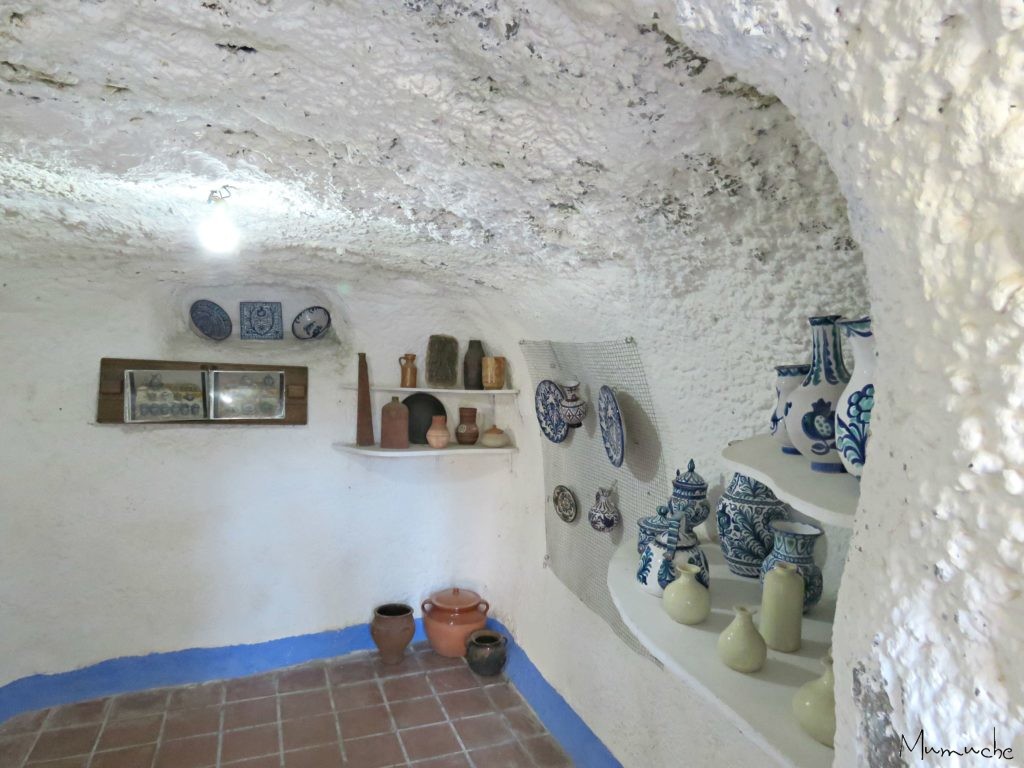
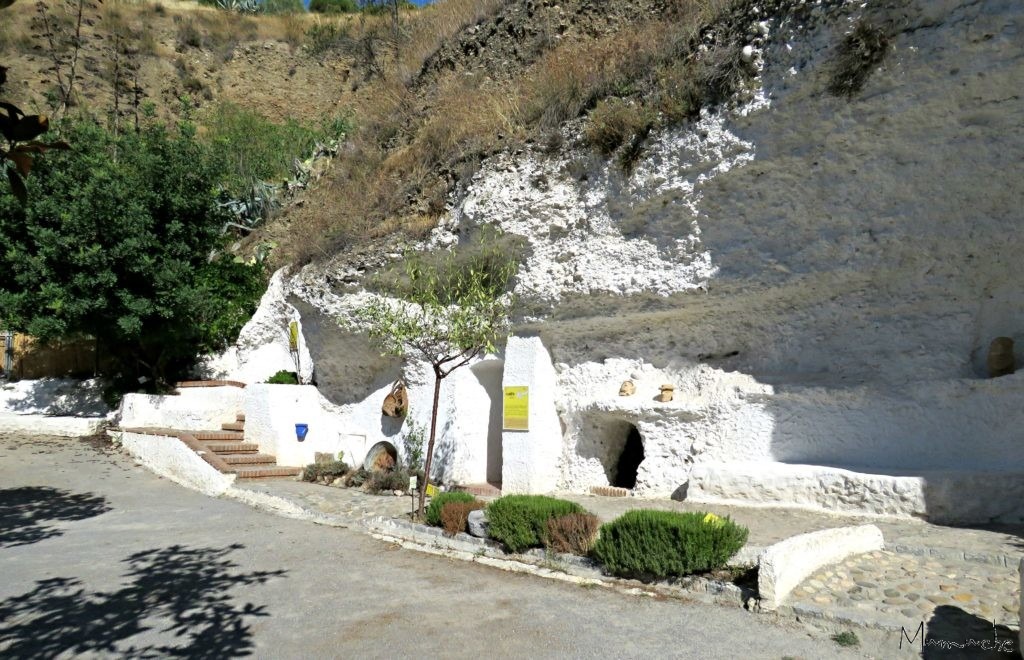
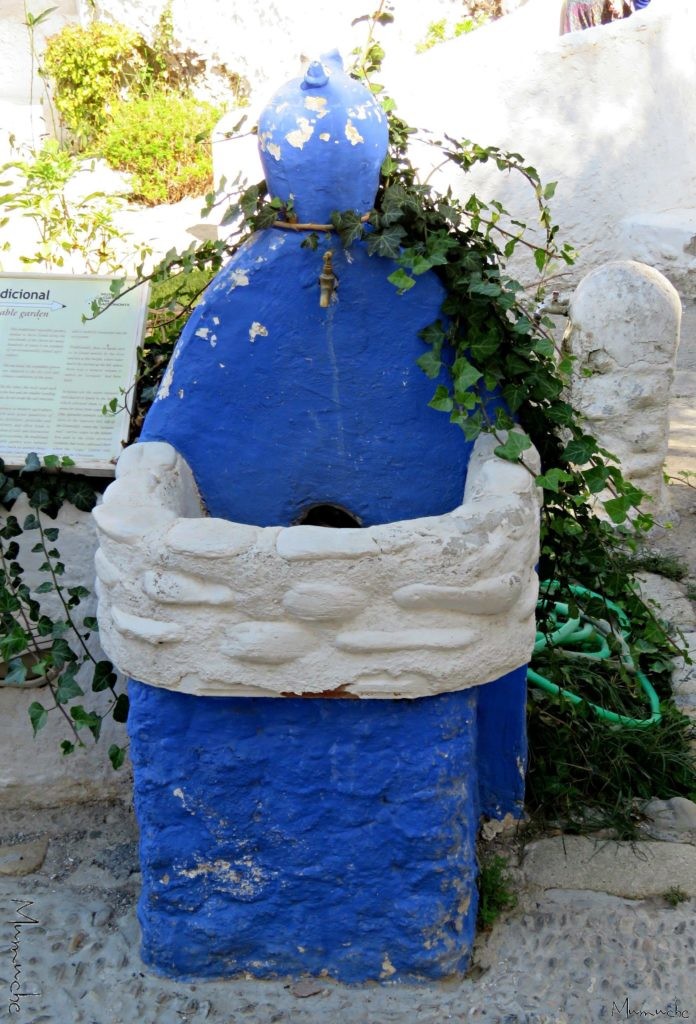
The name of the museum already says it: “The caves of Sacromonte”.
This museum is exhibiting 11 cave houses, where you will find information on the history, traditions and inhabitants of Sacromonte.
The gypsy population carries with it the ancestral tradition of Flamenco, dance and typical Spanish music.
Today, many flamenco shows are still given in troglodyte houses; these bars are called tablaos.
Although flamenco shows are somewhat touristy, it is certainly recommended to go see one. Otherwise, during the day, you can enjoy a beautiful view of the city of Granada from the Sacromonte, as well as the Albaicin district and the Alhambra.

